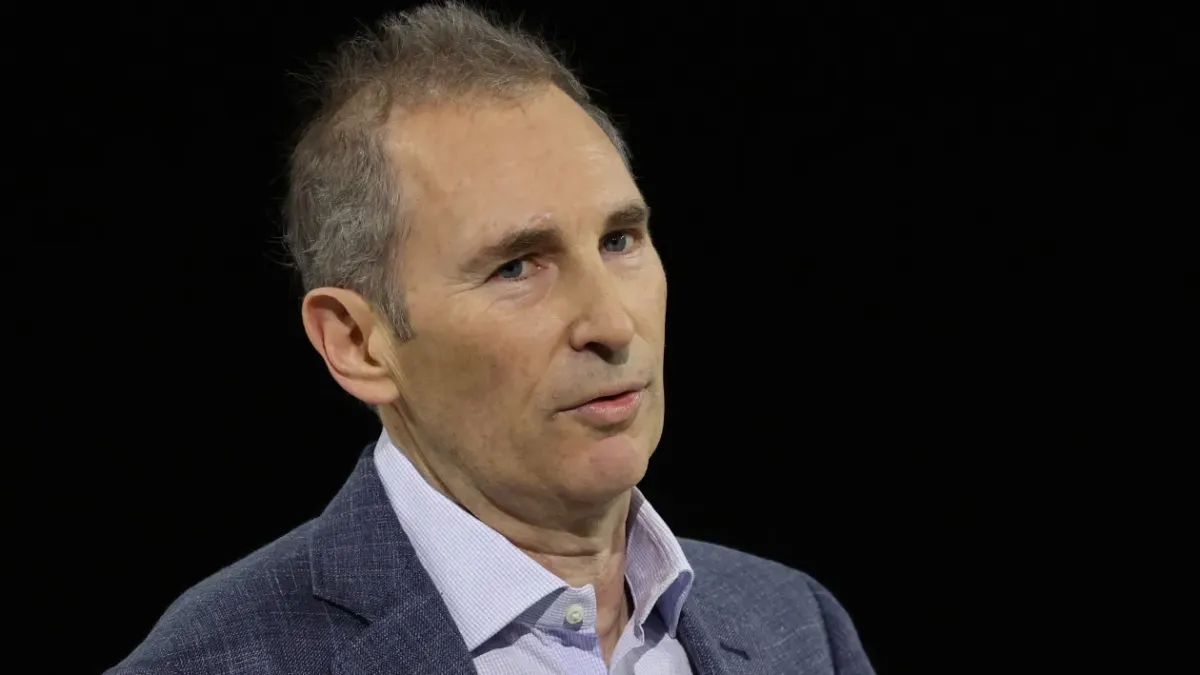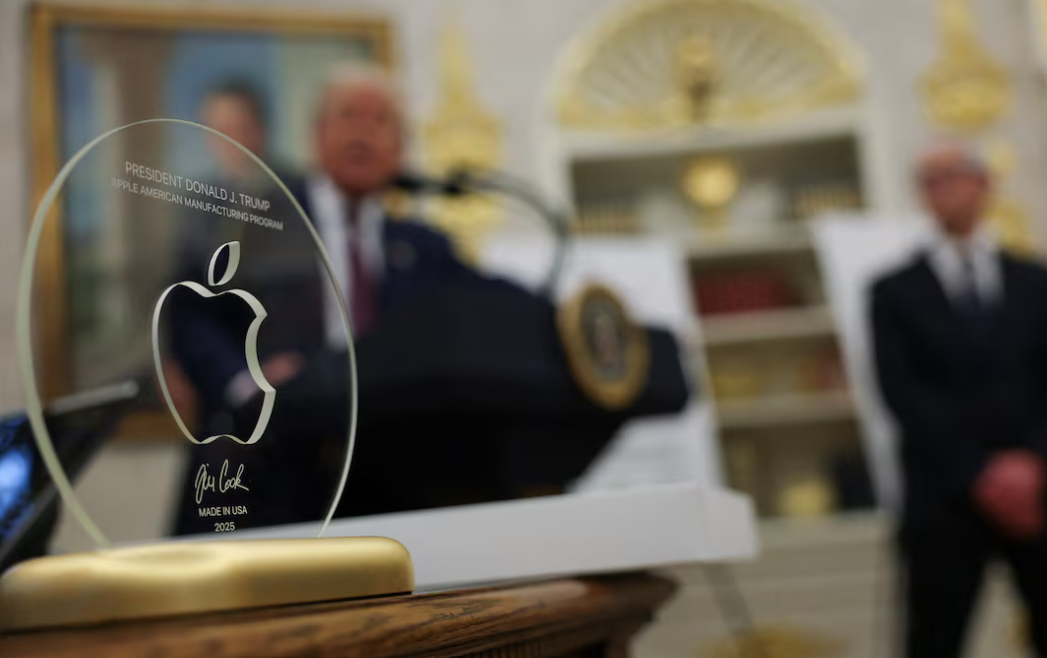Amazon Stock Drops 8% After Q2 Earnings Despite Strong Revenue: Here's What You Need to Know

Amazon's stock fell 8% on Friday after the company reported second-quarter 2025 earnings, even after reporting better-than-expected results on core measures such as revenue and profit. Though the reports were good across most areas—most notably advertising and e-commerce—shareholders weren't pleased with dismal profit guidance and decelerating cloud growth, prompting a sharp sell-off.
Amazon's AI Expenditure Skyrockets
Amazon sharply increased its full-year capital expenditure guidance to more than $118 billion, increasing it from the previous estimate of $100 billion. Most of the expenditure is going toward artificial intelligence infrastructure, with CEO Andy Jassy noting that the spending is needed to keep up with astronomic demand in generative AI.
Although rival Amazon's competitors, such as Meta and Alphabet, are similarly ramping up dramatically their investments in AI, investors continue to await a more detailed roadmap on when these costs will begin to translate into revenue and profit.
Jassy highlighted the use of AI to enhance operational efficiency, mentioning early traction from Alexa+, Amazon's enhanced voice assistant priced at $19.99/month or as part of Prime. That said, he admitted that it's "very early days" when it comes to AI monetization.
Disappointing Cloud Expansion
Amazon Web Services (AWS), which has always been the crown jewel of Amazon's business empire, expanded revenue by 18% compared to the previous year. Although this surpassed Wall Street estimates, it lagged behind competitors Microsoft Azure and Google Cloud, which expanded by 39% and 32% respectively.
This was compounded by investor fears of AWS running out of steam in the all-important cloud arena, particularly with generative AI, where Amazon is regarded as behind the curve. Jassy pushed back at AWS's enormity and security, claiming the second-largest incumbent remains only 65% as big as AWS. Nevertheless, analysts were still dubious, with Bernstein noting that Amazon's story was "less constructive than peers."
Tariff Impact Milder Than Expected
One of the key issues going into this quarter was the effect of President Donald Trump's changing tariff policies, particularly the high 145% import tariffs on Chinese goods. But a recent ceasefire between the U.S. and China that reduced that to 30% seems to have mitigated hurt.
Amazon's sales of products in its online stores increased 11% from the same period last year, topping estimates. Third-party seller services also topped estimates. Suppliers and merchants appeared to have taken most of the tariff hit and are still showing good consumer demand, analysts observed.
Jassy observed that although the situation is dynamic, as yet Amazon hasn't experienced a blow to demand or substantial price increases. The final agreement between the U.S. and China should come by August 12.
Robust Ad Sales and Retail Momentum
In spite of concerns in the market, Amazon's ad business increased 23%, and retail expansion was constant. The combined number of units sold in Amazon's physical and online stores rose by 12%, highlighting strength in consumer expenditures.
Amazon provided optimistic top-line guidance for Q3, with up to 13% year-over-year growth possible, which would assist investor confidence rebuilding—if other issues such as cloud performance and profitability margins are resolvable.
Investor Sentiment Wavers
Although there were solid fundamentals across many areas, the dismal profit outlook, AI monetization uncertainty, and cloud market share issues led the investor reaction. Most analysts concurred that Amazon's earnings call didn't convey the same optimism and strategy clarity observed from the competition.
As the stock is currently off around 2% year-to-date, Amazon's onus is now greater to deliver its AI and cloud gambles sooner instead of later.
FAQ
Why did Amazon stock decline even when it beat expectations on earnings?
Even with strong revenue and profit, investors were unnerved by disappointing cloud growth, soft guidance for profit, and uncertainty over AI monetization, causing an 8% stock price drop.
How much does Amazon invest in AI?
Amazon increased its 2025 capital spending projection to more than $118 billion, the majority of which will be spent on AI infrastructure, compared with $83 billion last year.
Is Amazon losing its dominance in the cloud market?
Although AWS remains the biggest, it's growing slower than Microsoft Azure and Google Cloud, and there are fears that it is losing share in key emerging segments such as generative AI.
How are tariffs impacting Amazon's business?
Amazon seems to be riding the tariff storm so far, with sellers and vendors taking the additional burden. Consumer demand continues to stay robust, and no major price increases have been noted yet.
How is the future of Amazon looking for the remainder of 2025?
The firm sees Q3 revenues increasing as much as 13% on the back of sustained strength in e-commerce and advertising. Cloud growth and monetization of AI, though, will continue to be watchpoints for investors.



